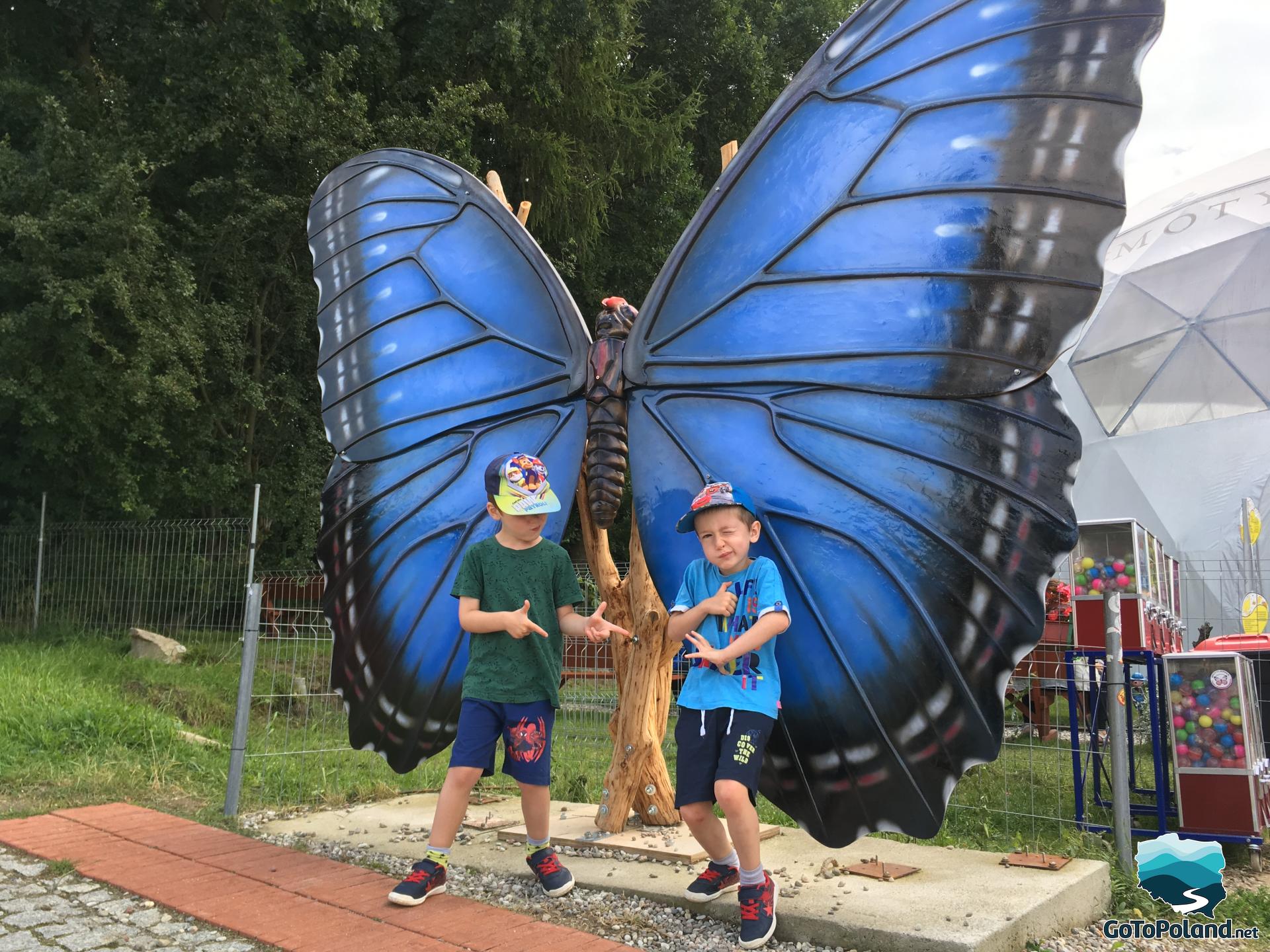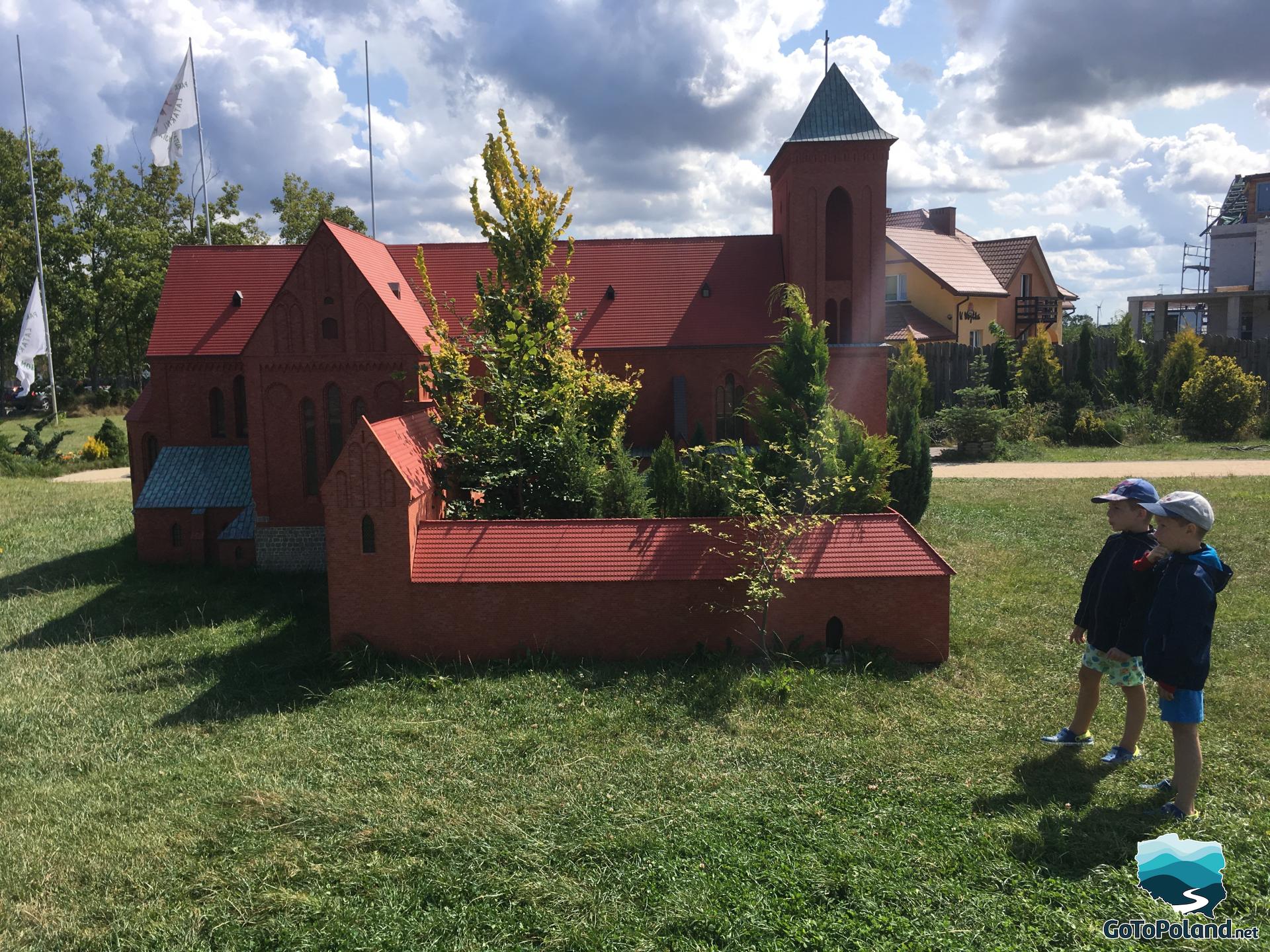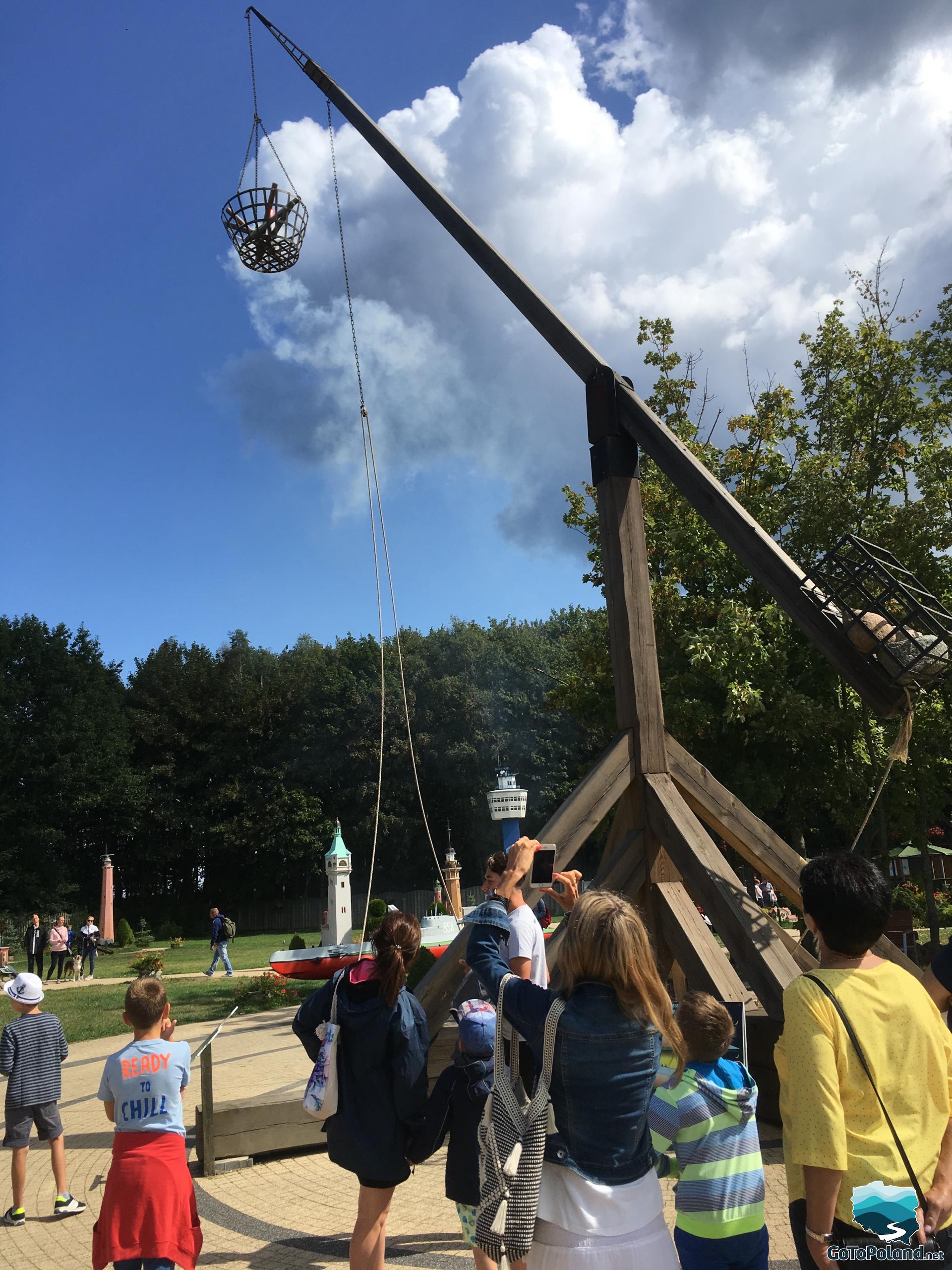
Visit Niechorze

In Niechorze, the biggest monument is the lighthouse complex built in the years 1863-1866, damaged in 1945, rebuilt in 1948 and the Park of Miniature Lighthouses, where 29 active and historical lighthouses are presented on a scale of 1:10, including all operating on Polish Baltic coast. I was also very pleased to be in a domed butterfly house with a humid microclimate inhabited by tropical species of butterflies. Butterflies sat on our hands, shoulders, chests, heads - an amazing experience for whole my family.
This part of the Baltic coast is very well known to us. We usually stayed at a holiday resort in Rewal, but hiking is our domain, so we went to Trzęsacz and Niechorze more than once. Enjoy the Polish coast and the Baltic Sea!

How far is it from Warsaw to Niechorze?
The distance from Warsaw to Niechorze is 660 km.
More information about this village, you can find on Wikipedia
Let's start with the wonderful and colorful insects!
The Butterfly House at the Lighthouse in Niechorze is home to several dozen species of freely flying exotic butterflies from all over the world! Literally at your fingertips! It is a unique, spherical facility with a specially prepared microclimate that creates ideal conditions for butterflies to live and fly. In my opinion, it is a fantastic adventure for children and adults. I was enchanted by the multitude of butterflies and the opportunity to learn a lot of interesting information.






We're moving to the Lighthouse Miniature Park in Niechorze. Tourists visiting the Park have a chance to see all the lighthouses from the Polish coast in 1:10 scale. Information provided by the guides, as well as descriptions of the past of the objects, will enable visitors to learn about their historical values. Guided tours can be in Polish, German and English. The entire coast can be explored in 45 minutes. All models are made in the latest technology, from materials resistant to weather conditions, which allows the models to be displayed in a park environment. The exhibits are really beautiful and meticulously made. I strongly encourage you to see this unique exhibition!

The Oksywie lighthouse was built in 1887 and was one of the lowest lighthouses in the South Baltic. It was situated on a 38 m high cliff, it warned sailors and showed the way to the port of Gdańsk. On October 1, 1920, the lighthouse was handed over by the Germans to the Polish Maritime Administration. It functioned only until 1933. Finally, the buildings were destroyed at the beginning of war in 1939. Today, there is an obelisk in the shape of a lighthouse commemorating those who died during the fighting for Oksywie.




"Bliza" is the so-called the lever lantern, i.e. a crane with an iron basket for coal, commonly known as the "volcanic boiler". They have been used in Hel since the 17th century. In Niechorze Park there is the only medieval "bliza" in Europe, in the scale of 1:1. The fire lit in the basket is lifted to a height of 14 m.

"Foghorns" (nautophones) helped ships navigate in fog and in poor visibility conditions. Placed on land, they emitted very loud sound signals, making it easier for ship crews to set their position in relation to the shore.

ORP Orzeł is one of the most famous Polish submarines. During World War II, he took part in the defense of the Polish coast. The ship was lost with the entire crew during a patrol in 1940. The original was nearly 84 meters long, 6.7 meters wide and operated by a crew of 60.


And finally for dessert a real lighthouse, not in miniature.




And if you don't want to walk anymore, you can enjoy the charms of the sea or... go to the Lego exhibition.



How to get to Niechorze?

